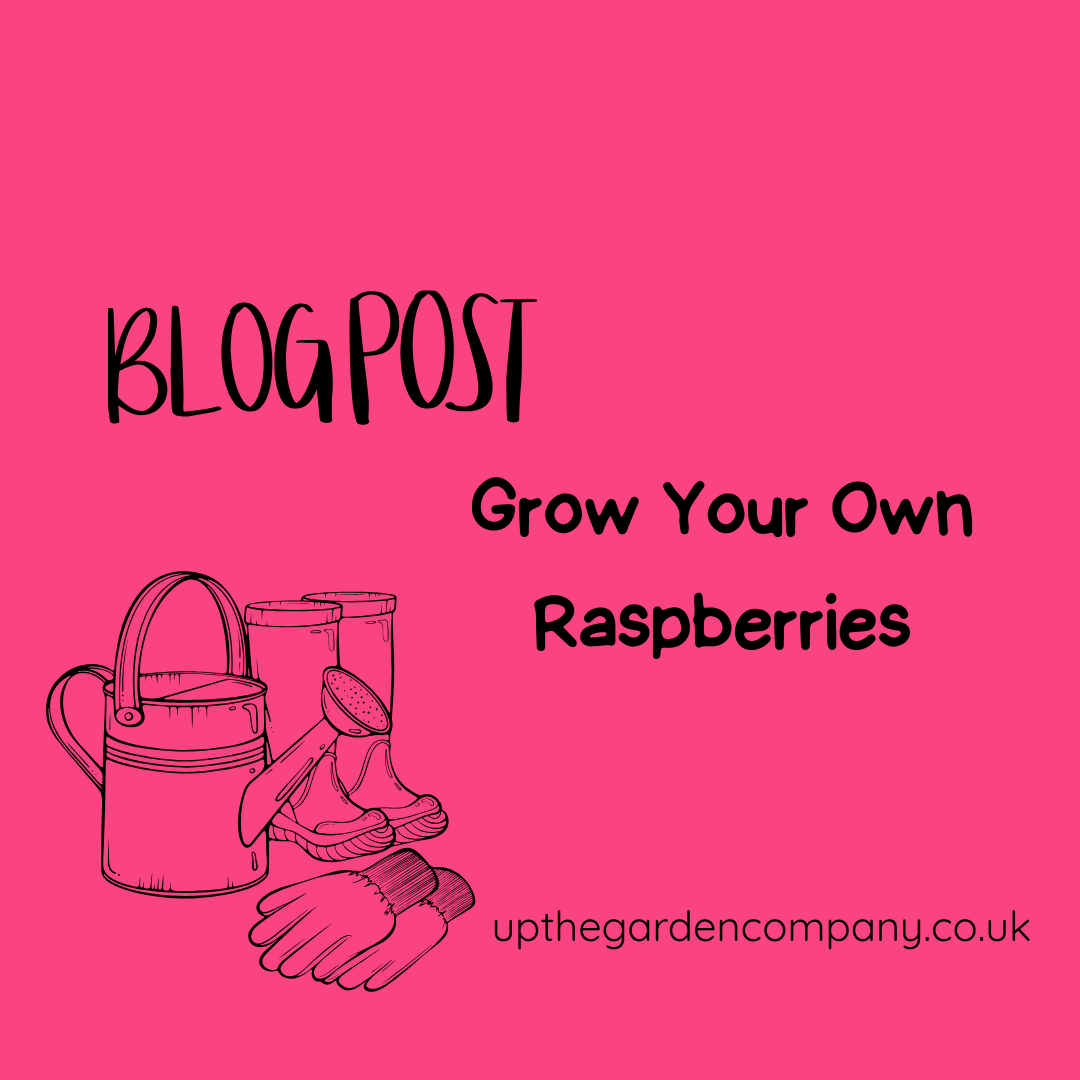Introduction
Chilli—the fiery little fruit that has revolutionised cuisines across continents. From its humble origins to its global dominance, the chilli has a history as fascinating as its heat is legendary. But where did it all begin? How did this tiny plant become an icon of flavour, spice and even medicine? Whether you’re a food enthusiast, history buff, culinary adventurer or a gardener, prepare to be captivated by the remarkable tale of the chilli’s spicy evolution.
The Origins of Heat – Where it all began
Imagine a time before chillies arrived on global plates—a world without the fiery heat that defines so many dishes today. The story of the chilli begins in Latin America, around 7,000 years ago. Archaeological evidence points to the domestication of chillies by ancient Mesoamerican civilizations, including the Aztecs and the Mayans. For these cultures, chillies weren’t just food—they were medicine, spice and even currency.
For the Mayans, the chilli was sacred, often mixed into cacao to make a spicy, invigorating drink. The Aztecs referred to the chilli as “chīlli,” and it featured prominently in religious ceremonies and trade. Picture bustling markets filled with the aroma of freshly dried chillies, a sensory feast of heat and colour!
The Great Exploration – Crossing Oceans
The world owes its introduction to chillies largely to one man—Christopher Columbus. While searching for an alternative route to India, Columbus stumbled upon the Americas. It was here he encountered the chilli and mistakenly thought it was a relative of black pepper, dubbing it “peppers” (a misnomer we still use today).
Columbus and other explorers brought chilli seeds back to Europe during the late 15th and early 16th centuries. From there, chillies embarked on a whirlwind tour of the globe, becoming one of the first truly global foods. Think of it as an ancient version of “going viral.”
A Global Transformation – Entering New Cultures
Once chillies left the Americas, they were quick to adapt to their new homes. Traders introduced chillies to Asia, Africa and the Middle East, where they seamlessly integrated into local cuisines and cultures.
- India embraced the chilli with gusto. The spice combined flawlessly with traditional curries, becoming a staple so significant it’s hard to imagine Indian cuisine without it.
- China fell in love with the heat. Sichuan cooking, in particular, became renowned for using chillies to create tongue-numbing, flavour-packed dishes.
- Africa saw a fusion of chillies into local recipes, birthing vibrant dishes like peri-peri sauce.
- Even Europe was captivated, particularly nations like Hungary, where chillies are the backbone of iconic dishes such as goulash, made with paprika.
Consider how swiftly this unassuming fruit conquered the world, from the scorching deserts of Africa to the cool hills of Hungary. It was as though chillies were destined for greatness.
Chillies as Medicine and More 🌱
Food aside, chillies have long been prized for their medicinal properties. Capsaicin, the compound responsible for the chilli’s heat, boasts anti-inflammatory and pain-relief properties. Throughout history, chillies have been used to treat everything from headaches to digestion problems.
Beyond medicine, chillies even became a symbol of power and wealth. Farmers cultivated specific chilli crops to trade, demanding high prices for the spiciest, most vibrant varieties. Chillies transitioned from humble plants to economic commodities, fuelling global trade networks.
The Modern Chilli Revolution
Fast forward to today—chillies are more popular than ever. From fiery hot sauces on supermarket shelves to chilli-eating contests pushing heat tolerance to the limit, chillies continue to capture imaginations and taste buds alike. There’s even a global “heat leaderboard” for chillies, led by heavyweights like the Carolina Reaper, Ghost Pepper and Trinidad Moruga Scorpion.
Chillies are also championed in gardening circles, not just for their culinary applications but for the joy of growing something so versatile and vibrant. Ever planted your own chilli? There’s something magical about nurturing seeds into fruit-bearing plants with fiery rewards.
Why We Can’t Get Enough
What is it about a chilli that keeps us coming back for more—despite the tears and fiery burn? Perhaps it’s the endorphin rush caused by capsaicin, often described as a natural high. Maybe it’s the sheer range of flavour chillies offer, from smoky chipotle to sweet bell peppers and blazing habaneros. Or maybe, just maybe, it’s the challenge of conquering the heat.
For centuries, the chilli has been more than just an ingredient—it’s been a symbol of passion, adventure, and resilience.
Your Chilli Adventure Awaits
Now, it’s your turn. Whether you’re crafting a fiery curry, experimenting with homemade hot sauce or planting your own chilli garden, the world of chilli is ripe with possibilities. Which part of this incredible global adventure will you explore next? There’s no better way to connect with history, flavour and your inner adventurer than by getting hands-on with chillies.
Feeling inspired? If you’re ready to take it one step further, why not plant your own chilli seeds today and become part of this ongoing spicy evolution?
Closing Thoughts
Chillies aren’t just a food—they’re a testament to the ingenuity and connection of humankind. From ancient Mesoamerican markets to today’s global food cultures, they remind us of the power of exchange, adaptation and spice.
The next time you add a sprinkle of chilli flakes to your meal or savour a steaming bowl of spicy Sichuan noodles, take a moment to appreciate the long, fiery history that brought these flavours to your plate. It’s a story of survival, exploration, and evolution—one that’s as bold and vibrant as the fruit itself.
Further Reading: Chilli Plant Care: From Sowing Seeds to Overwintering
Grow Chillies with SowItGrowItandFeast here














